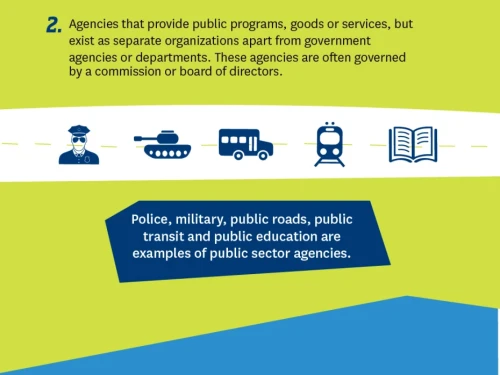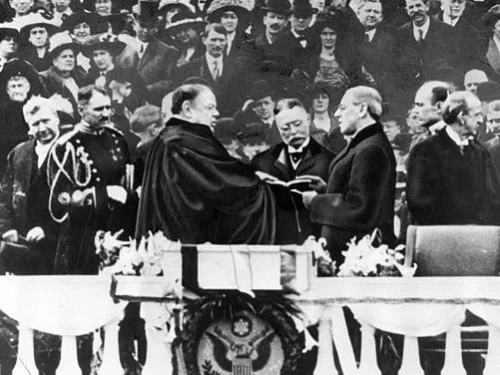public administration
Related Blog Posts
There are many reasons to choose to pursue a career in the public sector rather than in the business world. Often, people are drawn to public or nonprofit careers because doing so gives them an opportunity to do good and enact change for the better, rather than just increasing profits for a corporation. But even if you know you want to work in government or at a nonprofit organization, the exact path you follow can vary greatly.
If you enjoy leading others, improving systems, overcoming complex challenges and helping shape the direction of a business or organization, you might be a good candidate for the role of director of administration.
“What does a public administration salary look like?” The path to public good is a personal one, but odds are nearly every person entering the field wonders what kind of salary they can expect. When you think about public administration your mind may automatically drift toward thoughts of government and nonprofit roles, but there are lucrative roles in the private sector as well. What you do with your degree and experience is entirely up to you. You could find roles in government service, nonprofit organizations, or the private and public sectors. Below, we’ll explore roles in each of these categories and discuss the potential public administration salaries for various careers.
If you’re ambitious, interested in municipal government and hoping to make change in your local community from the top down, the role of city manager may be the perfect career goal for you. It’s an excellent choice for well-organized, diplomacy-minded professionals in public administration.
When life feels unpredictable, most people want a plan for certainty. That’s especially true when it comes to making decisions about careers and weighing the pros and cons of graduate school. While no crystal ball will predict exactly what jobs will exist in the global economy in the years and decades ahead, authorities suggest that lifelong learners will have the advantage in getting hired and promoted.
One of the best things about working in the public sector is that it gives you many ways to make a difference in your community, no matter what role you fill. You can be confident that you’ll be part of an organization or government body that has the power to change the world (or at least your community) for the better.
In the world of public administration, there are frequent references to the “public sector.” But what exactly is the public sector? And why does it require such careful attention and monitoring by public officials? Broadly speaking, the public sector refers to any part of a state or national economy that is tied to public programs or services and is controlled by the government.
In a campaign event at Madison Square Garden in 1912, future President Woodrow Wilson said something that could be considered a mission statement for his life’s work: “There is no cause half so sacred as the cause of a people. There is no idea so uplifting as the idea of the service of humanity.”1 After living a life devoted to the public, both in practice and as a scholar, Wilson was uniquely qualified to discuss matters of public service. Twenty-six years earlier, Wilson had published “The Study of Administration,” an essay that served as the foundation for the study of public administration, and which caused Wilson to be enshrined as the “Father of Public Administration” in the United States.
Learn about NASPAA accreditation and why it’s an important accreditation to have for most MPA programs.
Imagine a town that wants to improve access to its public buildings. Theoretically, the citizens of the town could appeal to their elected officials for the change and maybe vote on a ballot measure. Once that measure has passed, officials could craft a policy addressing the need for improved access, and then allocate the funds...and then things get a little tricky.










